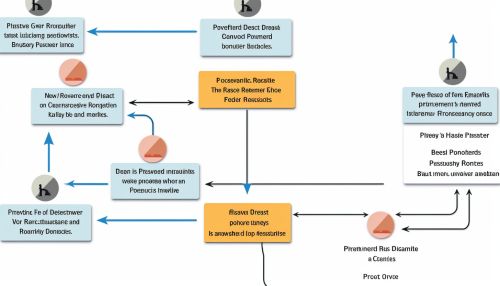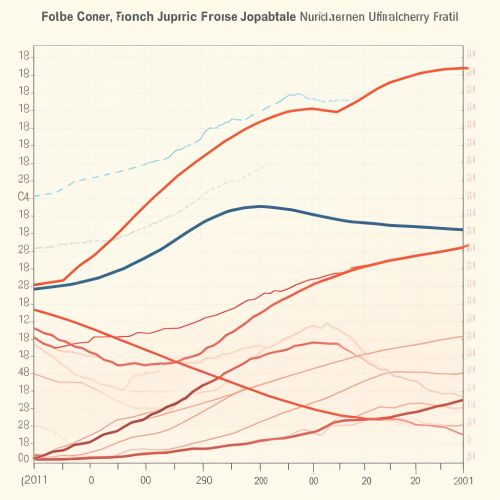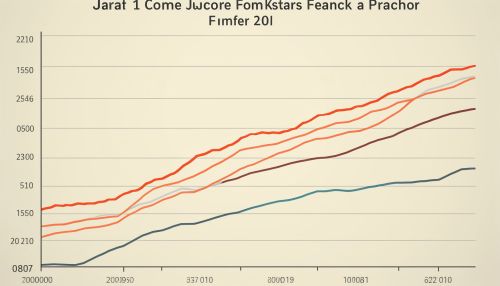Journal
Definition and History
A journal is a periodical publication intended to further progress of science, usually by reporting new research. Most journals are highly specialized, although some of the oldest journals such as Nature publish articles and scientific papers across a wide range of scientific fields. Journals contain articles that peer reviewed, in an attempt to ensure that articles meet the journal's standards of quality, and scientific validity. Each such journal article becomes part of the permanent scientific record.
The history of scientific journals dates from 1665, when the French Journal des sçavans and the English Philosophical Transactions of the Royal Society first began systematically publishing research results. Over a thousand, primarily scientific, journals were founded in the 18th century, and the number has increased rapidly after that.


Types of Journals
There are several types of journals including academic/scholarly journals, scientific journals, and journals of the quantitative social sciences. Academic journals serve as permanent and transparent forums for the presentation, scrutiny, and discussion of research. They are usually peer-reviewed or refereed. Content typically takes the form of articles presenting original research, review articles, and book reviews.
Scientific journals contain articles that have been peer reviewed, in an attempt to ensure that articles meet the journal's standards of quality, and scientific validity. Each such journal article becomes part of the permanent scientific record.


Journal Articles
A journal article is an article published in a journal. Journal articles can be thought of as the main vehicle for scientists and researchers to communicate their findings with the rest of the community. The typical structure of a journal article includes an abstract, introduction, methodology, results, discussion, and references.
The abstract provides a short summary of the content of the journal article, providing you with important highlights. The introduction provides background information and context. The methodology or methods section explains how the research was conducted. The results section provides the data collected during the research. The discussion or conclusion section interprets the results and may also point out applications or future directions of the research.


Peer Review Process
The peer review process is a quality control mechanism used by journals to ensure that the articles they publish represent the best scholarship currently available. When an article is submitted to a peer reviewed journal, the editors send it out to other scholars in the same field (the author's peers) to get their opinion on the quality of the scholarship, its relevance to the field, its appropriateness for the journal, etc.


Open Access Journals
Open access journals are scholarly journals that are available online to the reader "without financial, legal, or technical barriers other than those inseparable from gaining access to the internet itself." They remove price barriers (subscription, licensing fees, pay-per-view fees) and most permission barriers (copyright and licensing restrictions). The Public Library of Science and BioMed Central are prominent examples of this model.


Impact Factor
The impact factor (IF) of an academic journal is a measure reflecting the yearly average number of citations to recent articles published in that journal. It is frequently used as a proxy for the relative importance of a journal within its field, with journals with higher impact factors deemed to be more important than those with lower ones.


